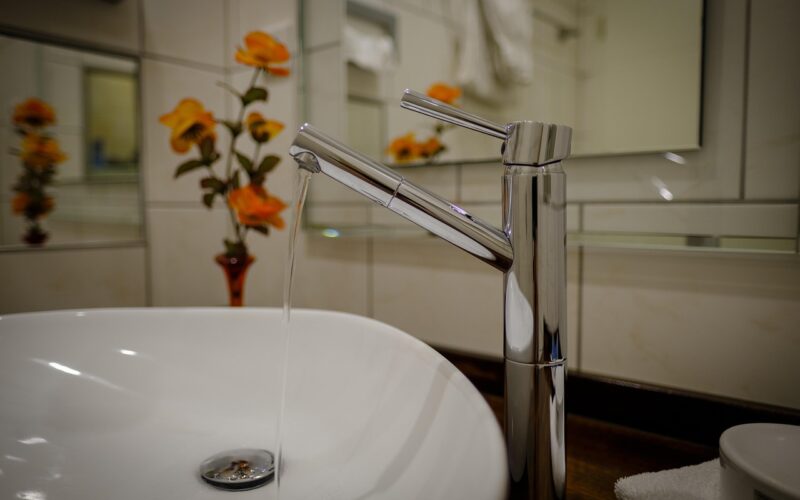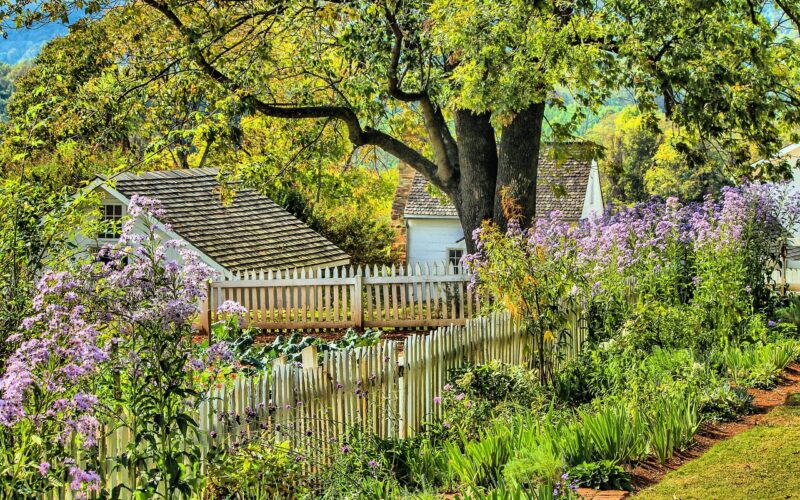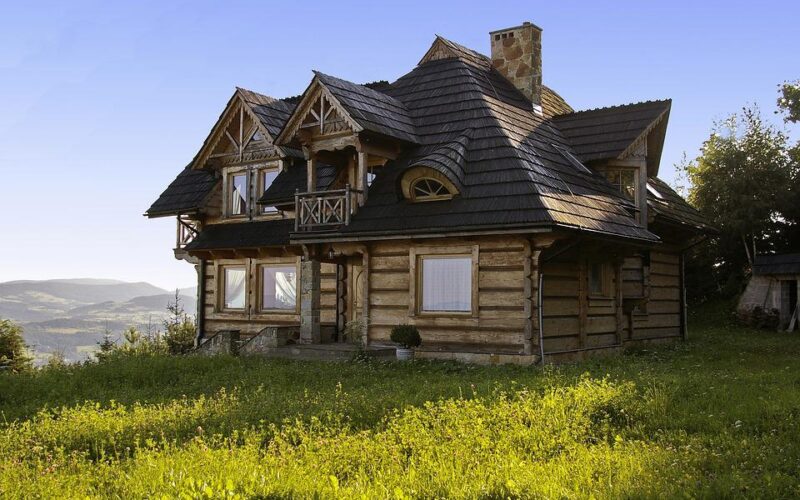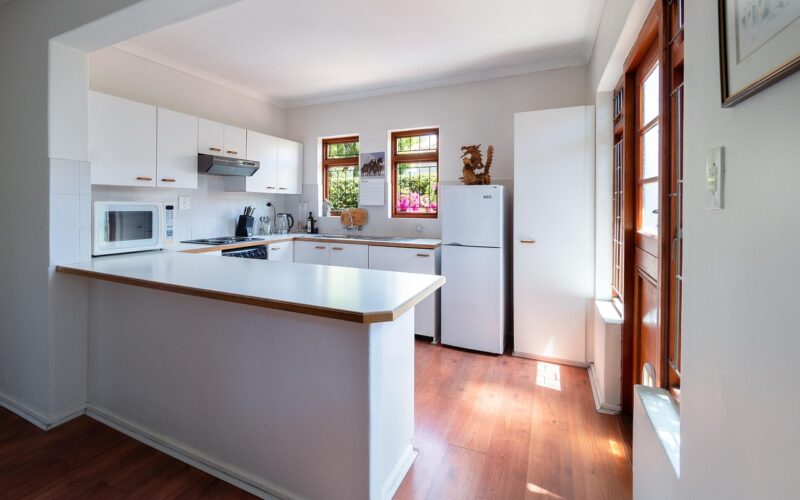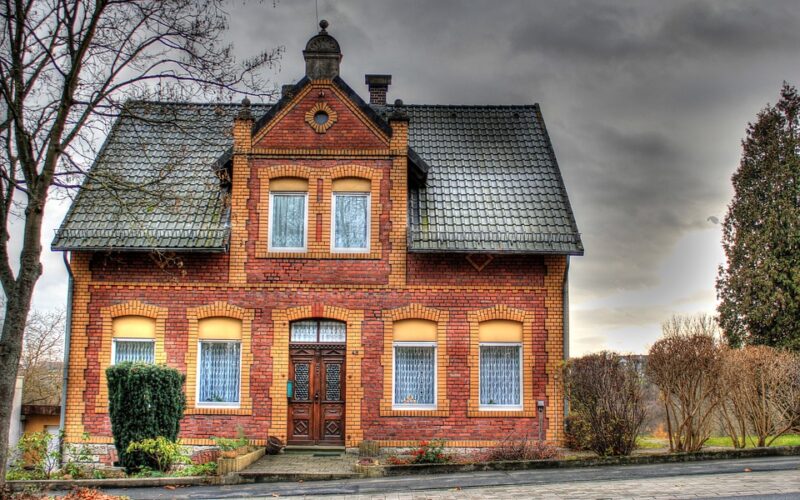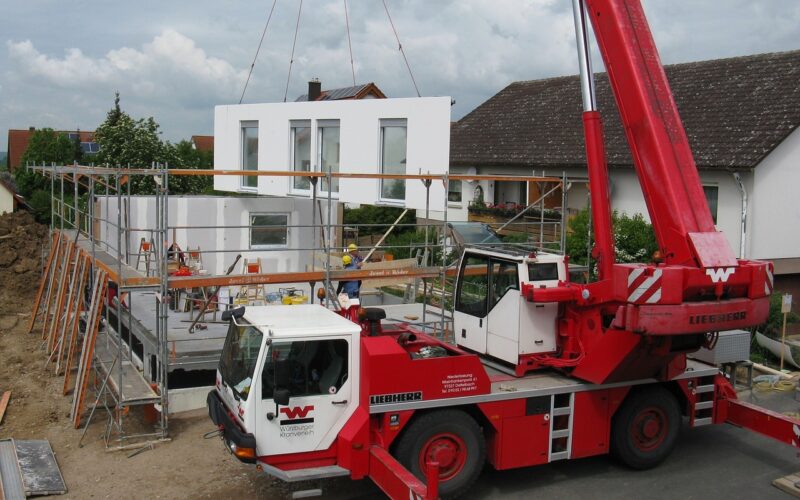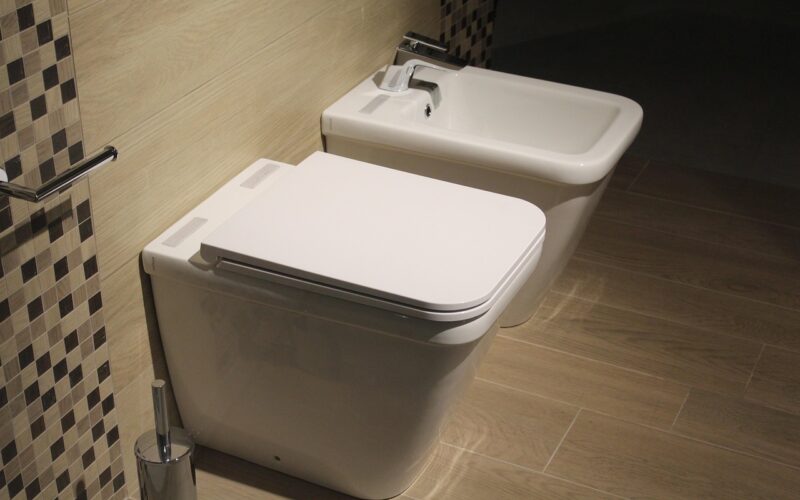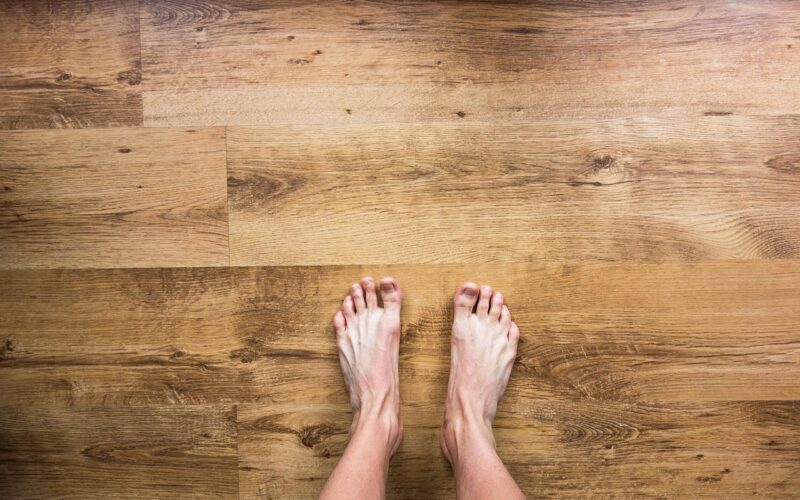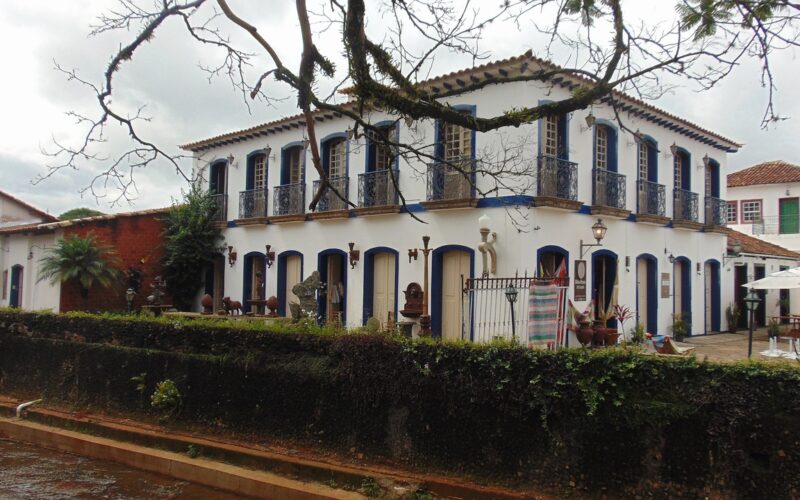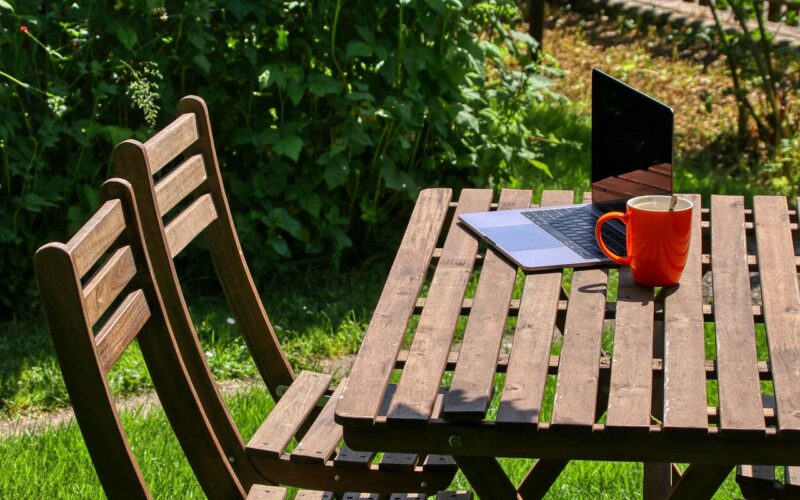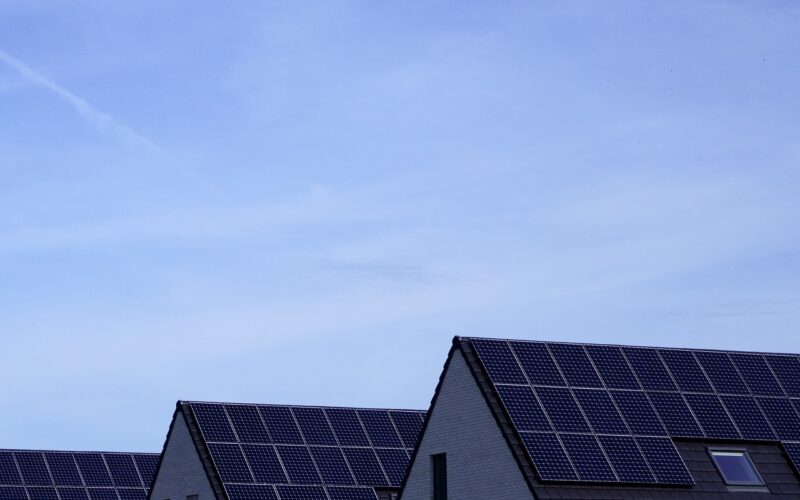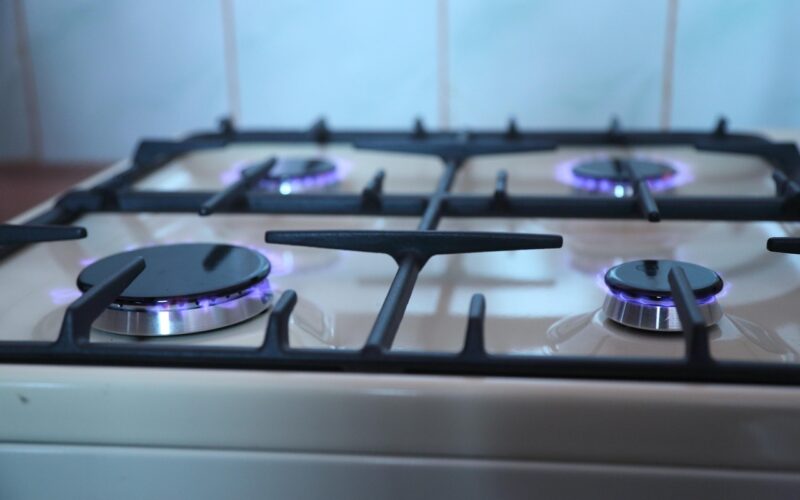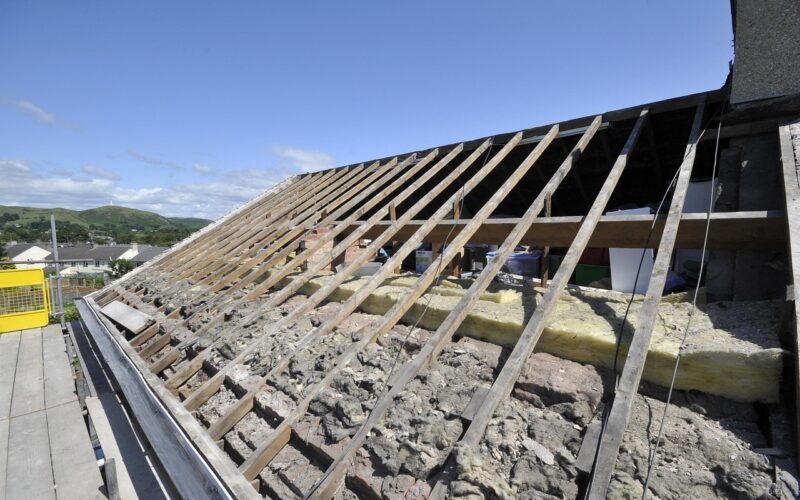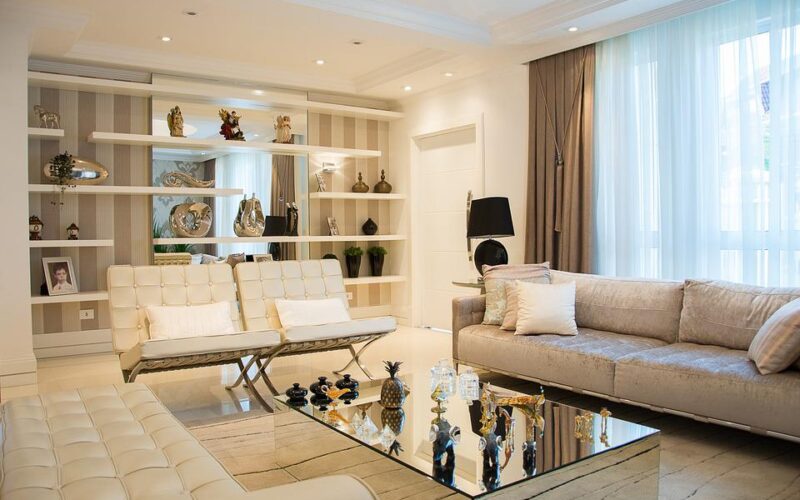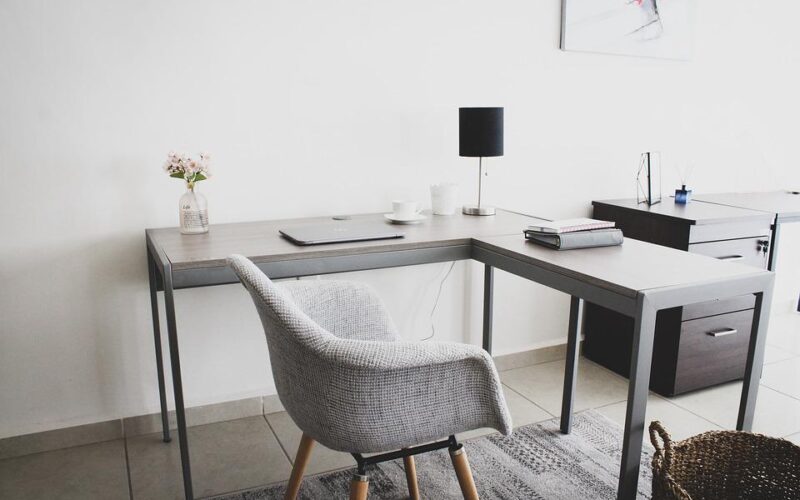Your Bathroom and the Environment
Many older bathrooms hide significant environmental inefficiencies behind their outdated tiles and fixtures. From excessive water consumption to energy-hungry lighting and materials with a high carbon footprint, these spaces often contribute more than their fair share to a home's environmental impact. A bathroom renovation presents a perfect opportunity not just to modernise the aesthetics but also to create a more sustainable and efficient space for the long term. By making informed choices, you can significantly reduce water and energy waste, improve indoor air quality, and lower your household's running costs.
Unseen waste in old bathroom designs
The primary culprit in an older bathroom is often water waste. Toilets from before the early 1990s can use as much as 13 litres of water per flush, compared to the 6 litres or less used by modern, efficient models. Similarly, old showerheads and taps can flow at rates of over 15 litres per minute, sending vast amounts of heated water straight down the drain. Beyond the fixtures themselves, hidden leaks from worn washers or ageing pipework can lead to constant, unnoticed water loss, compounding the problem and potentially causing structural damage over time. This high water usage also means more energy is needed to heat it, increasing your home's carbon emissions.
The impact of materials and energy use
The environmental cost of a bathroom isn't just about water. The materials used in its original construction can also be problematic. Older vinyl flooring, adhesives, and paints often contained volatile organic compounds (VOCs), which can release harmful gases into your home's air for years. Furthermore, outdated, inefficient lighting and noisy, energy-draining extractor fans add to daily electricity consumption. The combined effect of inefficient water heating, poor lighting, and constant ventilation makes the old bathroom a surprising hub of energy use. Planning a bathroom upgrade is the ideal moment to address these issues.
Water-saving strategies for your new bathroom
When undertaking a bathroom renovation, prioritising water efficiency delivers the biggest sustainability gains. Start by replacing an old toilet with a modern dual-flush or WaterSense-certified model, which can save thousands of litres of water each year. Install low-flow taps and showerheads that aerate the water, maintaining pressure while cutting consumption by 40% or more. For an even greater impact, consider advanced solutions like thermostatic shower valves that prevent you from running the water while waiting for it to heat up. Some homeowners even opt for greywater recycling or drain-water heat recovery systems to capture and reuse waste energy and water.
Choosing sustainable materials and finishes
Your choice of materials has a lasting impact. Opt for paints and sealants that are labelled as low-VOC or zero-VOC to ensure better indoor air quality. When selecting cabinetry or vanity units, look for products made from recycled materials or wood certified by the Forest Stewardship Council (FSC). For surfaces, durable options like porcelain or ceramic tiles are excellent choices; they have a long lifespan, are easy to clean without harsh chemicals, and many are now made with recycled content. A focus on timeless design and durable materials ensures your new bathroom will not need another overhaul for many years, reducing future waste.
Energy efficiency and smart controls
To complete your sustainable bathroom upgrade, focus on reducing energy consumption. Switch all lighting to energy-efficient LEDs, which use up to 85% less energy and last much longer than traditional incandescent bulbs. Replace your old extractor fan with a modern, quiet model that includes a humidity sensor, so it only runs when necessary. Smart controls and timers for features like underfloor heating or heated towel rails can also prevent energy from being wasted when the room is not in use, adding a layer of convenience and efficiency.
Responsible renovation and long-term habits
A sustainable renovation extends to the demolition process itself. Before you begin, identify materials that can be recycled or donated, such as old fixtures, copper piping, and tiles. Once your new bathroom is complete, maintaining good habits is key to its long-term efficiency. This includes regularly checking for small leaks, cleaning fixtures to maintain their performance, and using eco-friendly cleaning products. By combining thoughtful planning with responsible habits, your project will result in a beautiful, functional, and truly sustainable space.
